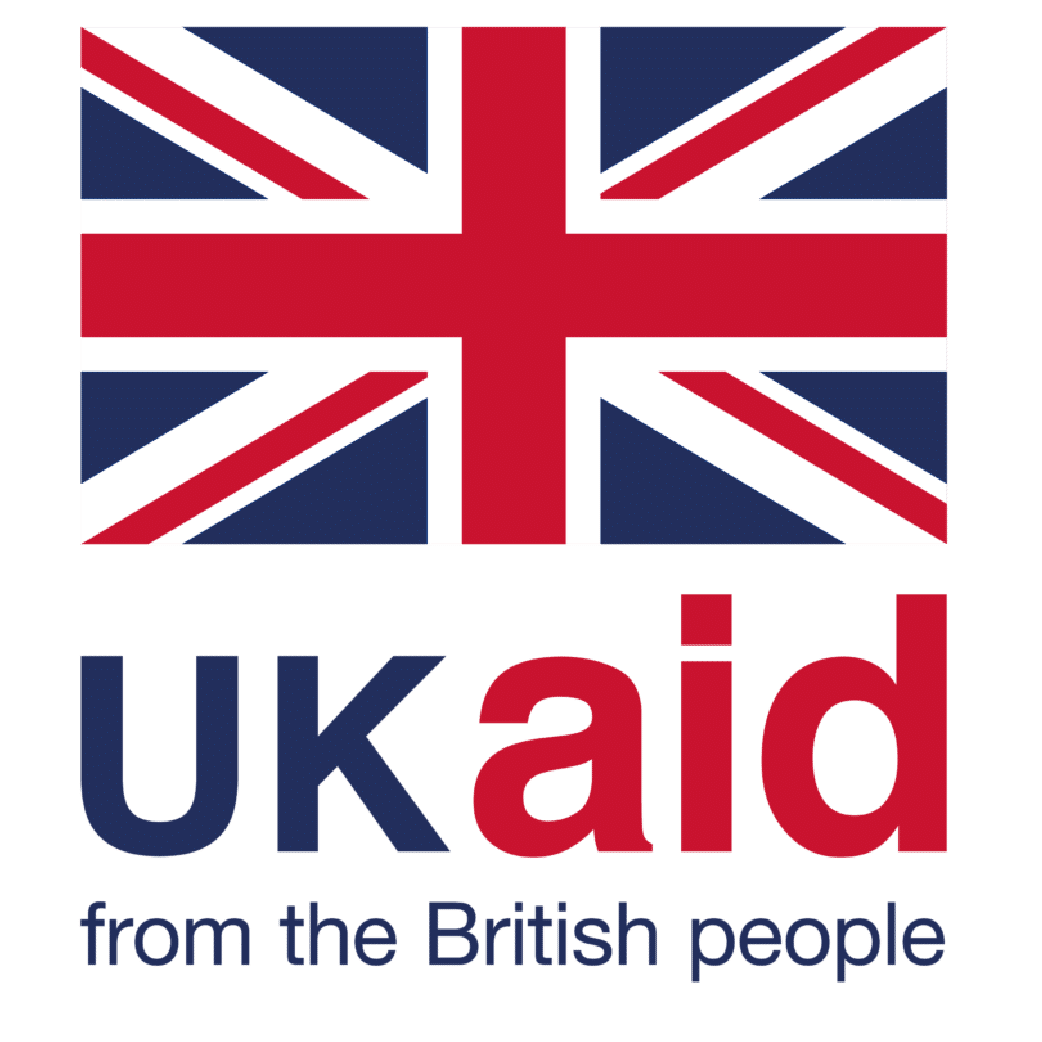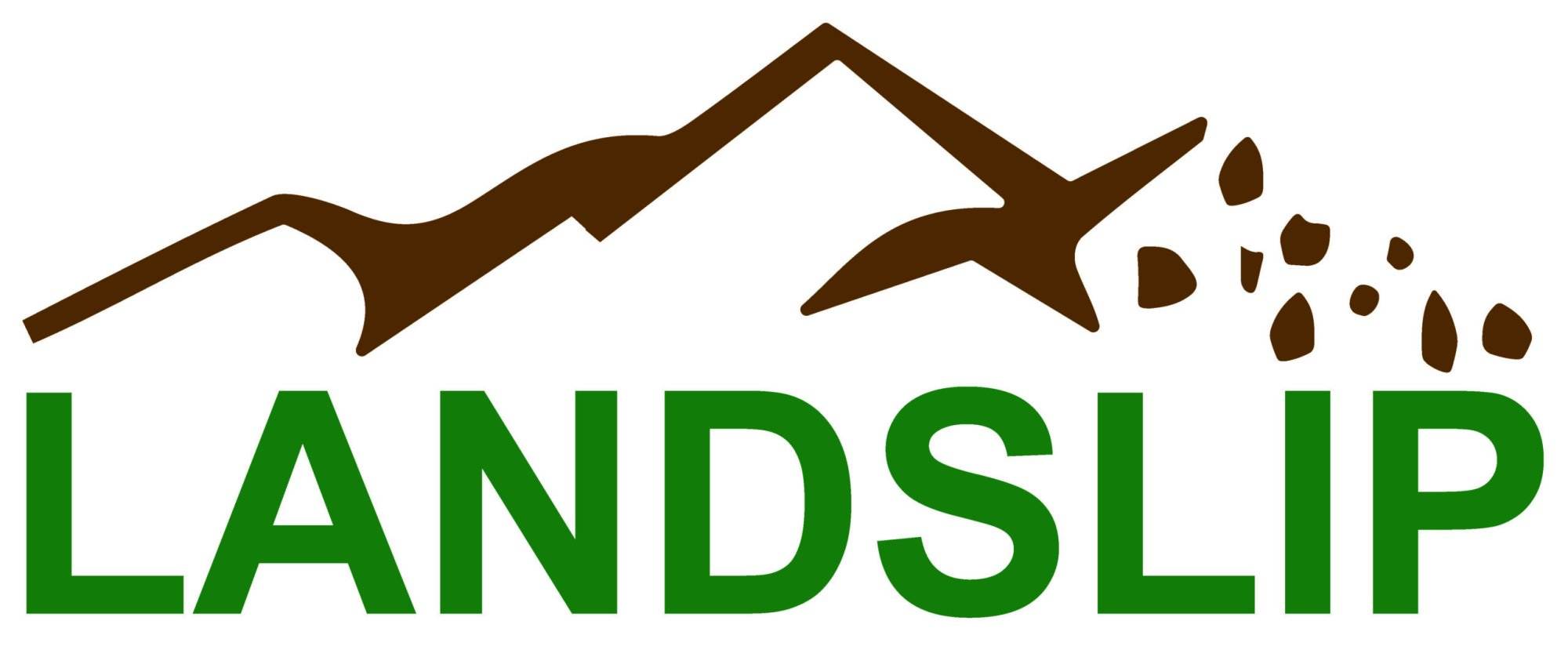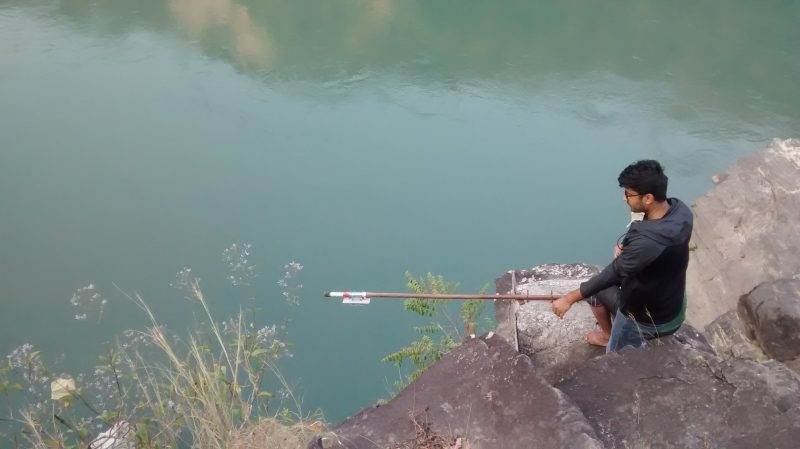Science for Humanitarian Emergencies and Resilience (SHEAR) is an interdisciplinary, international research programme...
Science for Humanitarian Emergencies and Resilience (SHEAR) was an innovative, multi-partner research programme carried out in some of the world’s most hazard-prone places. It has helped forge a better understanding of disasters, in order to predict them and minimise the risk they pose to vulnerable communities.
Project overview
Full title: Science for Humanitarian Emergencies and Resilience (SHEAR)
Dates: 2016- 2022
Location: Research was conducted in some of the world’s most at risk places and shared globally.
Our role: Practical Action was a research partner in the LANDSLIP and Landslide EVO projects, which both aimed to develop early warning systems for landslides in India and Nepal respectively. Together with the Red Cross Red Crescent Climate Centre, we were also the knowledge brokers for the whole programme, facilitating knowledge exchanges and collating and disseminating lessons learned across a wide range of research projects.
Participants: The SHEAR programme was made up of over 100 research projects delivered by researchers, scientists and practitioners from almost 70 different universities or institutions.
Project Budget: Practical Action received £312,000 to deliver our role as Knowledge Brokers across the SHEAR programme.
Aim: Resilience that Protects
Funded By: Natural Environment Research Council (NERC) and the Foreign, Commonwealth and Development Office (FCDO)
The biggest asset of SHEAR has been working with interdisciplinary teams which has helped us to understand the nuances and also the importance of using both physical and social sciences to understand the disaster risk across Asia and Africa. Likewise, knowledge management from Practical Action Consulting and the Red Cross Climate Centre has been critical to ensure that learning and knowledge is not lost or forgotten.
– Sumit Dugar, Disaster Resilience Advisor at the British Embassy Kathmandu (Nepal)
Context
Natural hazards like floods, storms and landslides are impacting millions of people around the world every year and thousands of lives are lost. Responding to disasters, and helping people to rebuild their lives afterwards, costs billions of pounds.
With the climate changing more and more people will be vulnerable to natural hazards. For those living in places hazard-prone places with low economic development, the risks are higher.
In order to build greater resilience to disasters, we need to better understand and predict hazards so that affected communities can be prepared for them and respond when they take place. Thanks to scientists around the world, knowledge and tools that can help are being developed, but more research is needed.
There is also a risk that the gaps between science and practice on the ground result in learning not being shared directly with those who need it or being shared in ways that are inaccessible and hard to put into action. Information needs to reach decision makers in local and national government, civil society, community organisations and, of course, the individuals at risk.
Our approach
The ability to understand and predict naturally occurring disasters is key to reducing risk. SHEAR partners have carried out innovative research in hazard-prone places around the world so that people at risk can become more resilient.
Practical Action together with the Red Cross Red Crescent Climate Centre played a vital role in this large, multidisciplinary, global programme. We ensured that new knowledge was well-managed, synthesized and translated into accessible and actionable language and formats. This was then shared with practitioners and decision makers who can use it to build a more resilient future for people at risk of natural hazards.
This important role as knowledge broker means that the reach and impact of SHEAR can continue to grow and be sustained long after the programme itself has ended. Much of SHEAR’s knowledge can be found in the Practical Action Knowledge Centre.
Our goals
Through cutting-edge research SHEAR partners aimed to enhance the quality, availability and use of risk information and early warning systems. For more information, use the links below.
- Improved data
With improved quality, availability and accessibility of hazard-related data, disaster impacts can be better defined and anticipated. - Improved forecasting
SHEAR projects have worked to advance the quality of forecast information to support preparedness, by increasing the confidence, credibility and usability of forecasting science. - Improved tools
To translate science into action, information needs to be gathered, processed and communicated in an effective and accessible way. SHEAR projects have developed a wide range of suitable tools and strengthened people’s capacity to use existing tools. - Improved decision making
SHEAR projects have been working to understand decision makers’ needs, and to distil and communicate the information they need to take effective action quickly and efficiently.
-
Project impact
Achievements:
The SHEAR projects made scientific and applied advances in a number of key areas. These include understanding hazard risk, developing forecasting and early warning systems for both fast- and slow-onset hazards, and developing early action knowledge to enable decision makers to access the information they need, when they need it. This is vital for informing effective disaster preparedness, response, and recovery.
In Kenya for example, the SHEAR programme advanced operational forecasting systems for drought in collaboration with government agencies. These agencies are now confidently and independently producing drought forecast information for farmers, helping them to better anticipate and prepare for dry conditions.
In Mozambique, SHEAR partners collaborated to provide real-time emergency flood information to humanitarian agencies responding to Cyclone Idai and Kenneth in 2019. Based on the information provided, life-saving interventions were set up targeting the region most likely to be affected.
In India, a prototype regional early warning system for landslides was developed. This will have a direct impact on local people at risk, making them more resilient. In addition, the knowledge gained is being used to inform a landslide forecasting centre, established by the Geological Survey of India, which will continue to build on the great work of the SHEAR programme. The centre aims to develop similar landslide early warning systems in other parts of India by 2030, providing crucial information to authorities to initiate preparedness activities.
You can read more about examples of the impact of SHEAR’s work here.
Sustainable Development Goals
This project contributes to progress towards at least three of the seventeen SDGs.



Resources
The SHEAR programme (Science for Humanitarian Emergencies and Resilience) carried out innovative research, in some of...
The Science for Humanitarian Emergencies and Resilience (SHEAR) programme is working to address a range of complex pr...
The Science for Humanitarian Emergencies and Resilience (SHEAR) projects have been working to develop and apply new s...
Work like this depends on your support
Help us work with communities to tackle some of the world’s toughest problems
Project partnership and funding:





